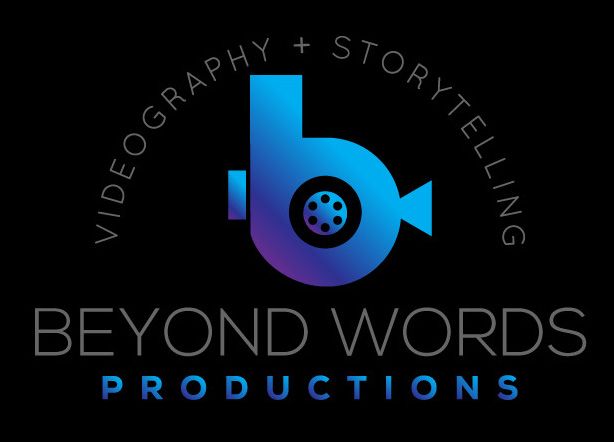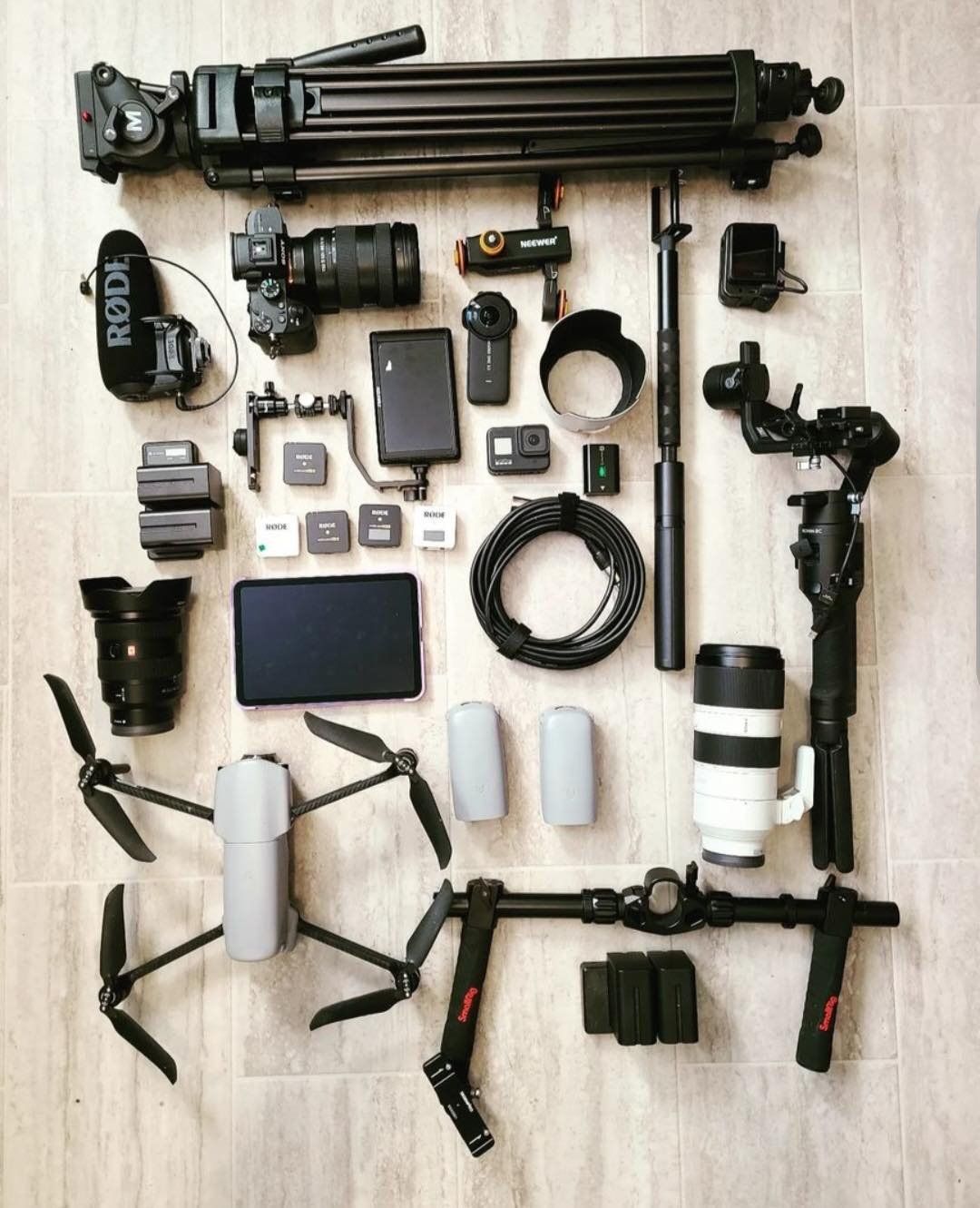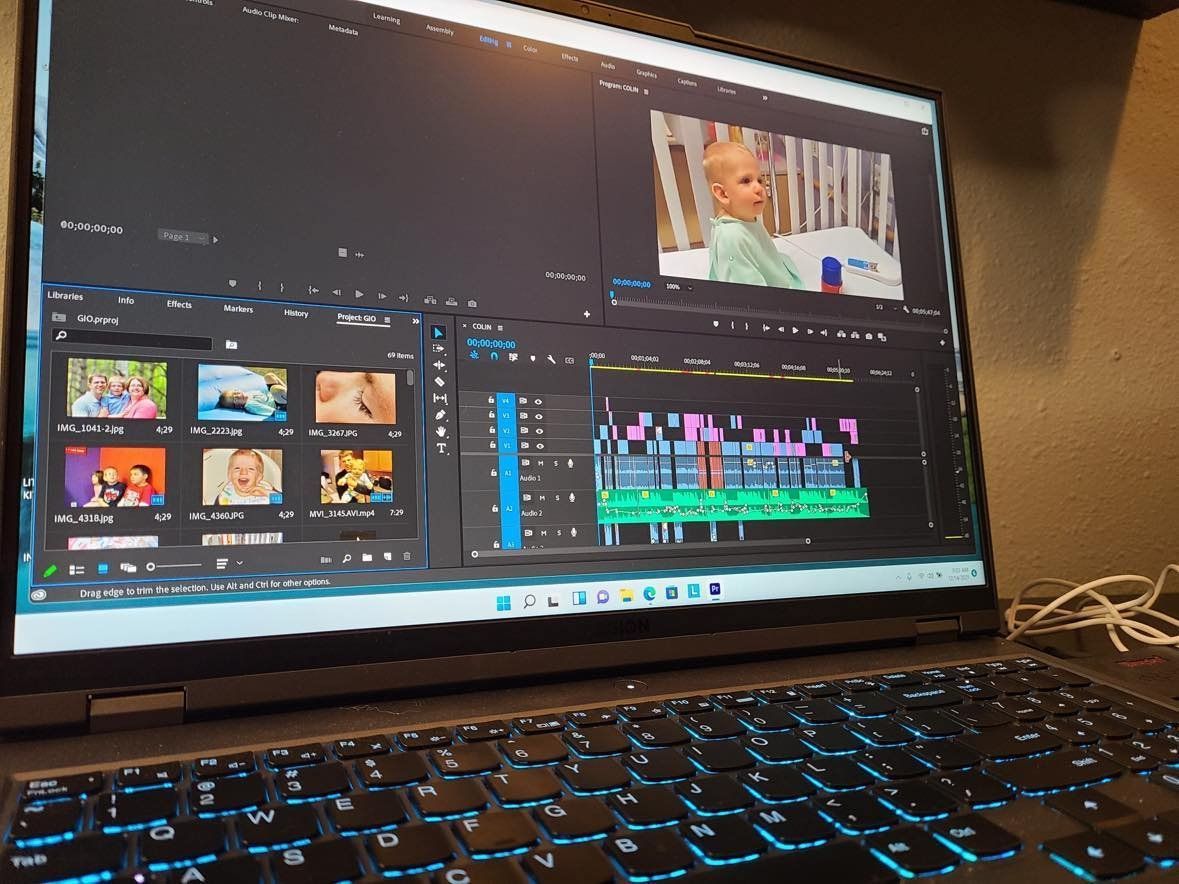A Closer Look at Video Marketing
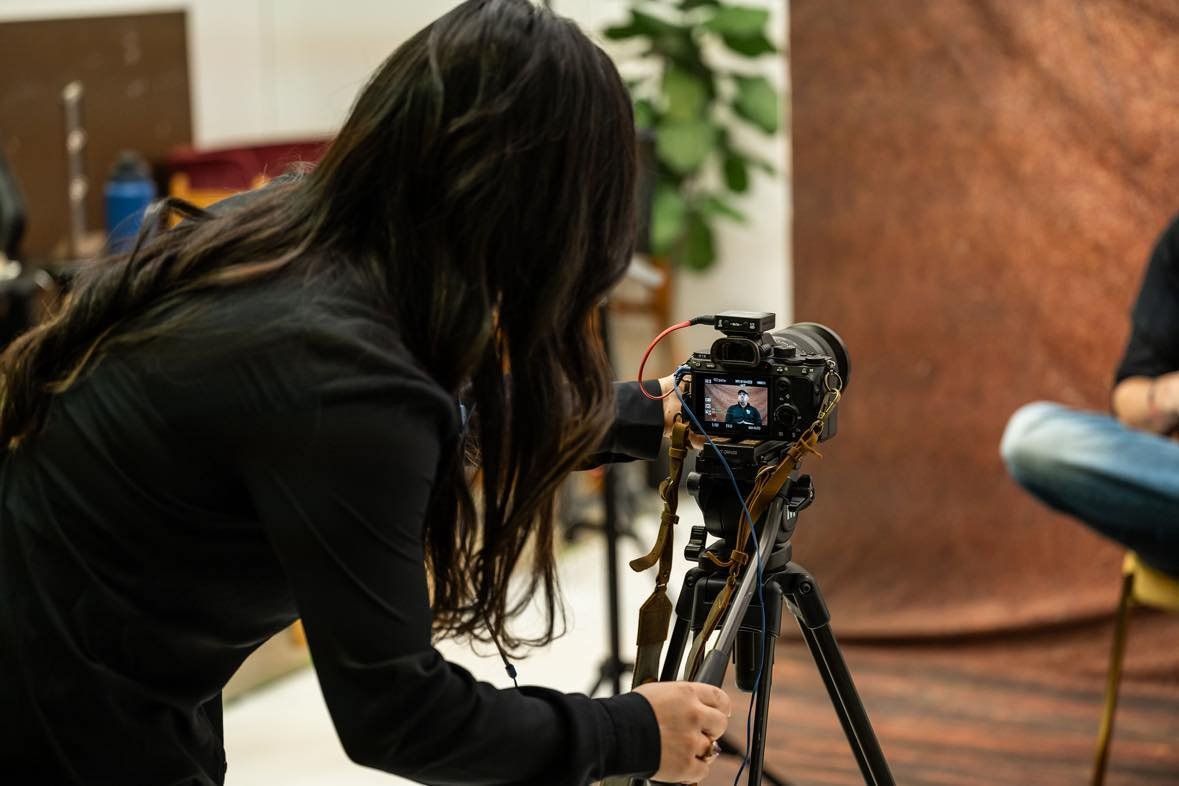
As video becomes a more and more popular way of marketing for businesses, it’s great to know WHY this trend has grown so much in recent years. In this blog post, we’re going to break down a report done by Wyzowl that took a deep dive into how businesses feel about video marketing, how they’re using it, how consumers are engaging in it, and the results it produced for those who used it.

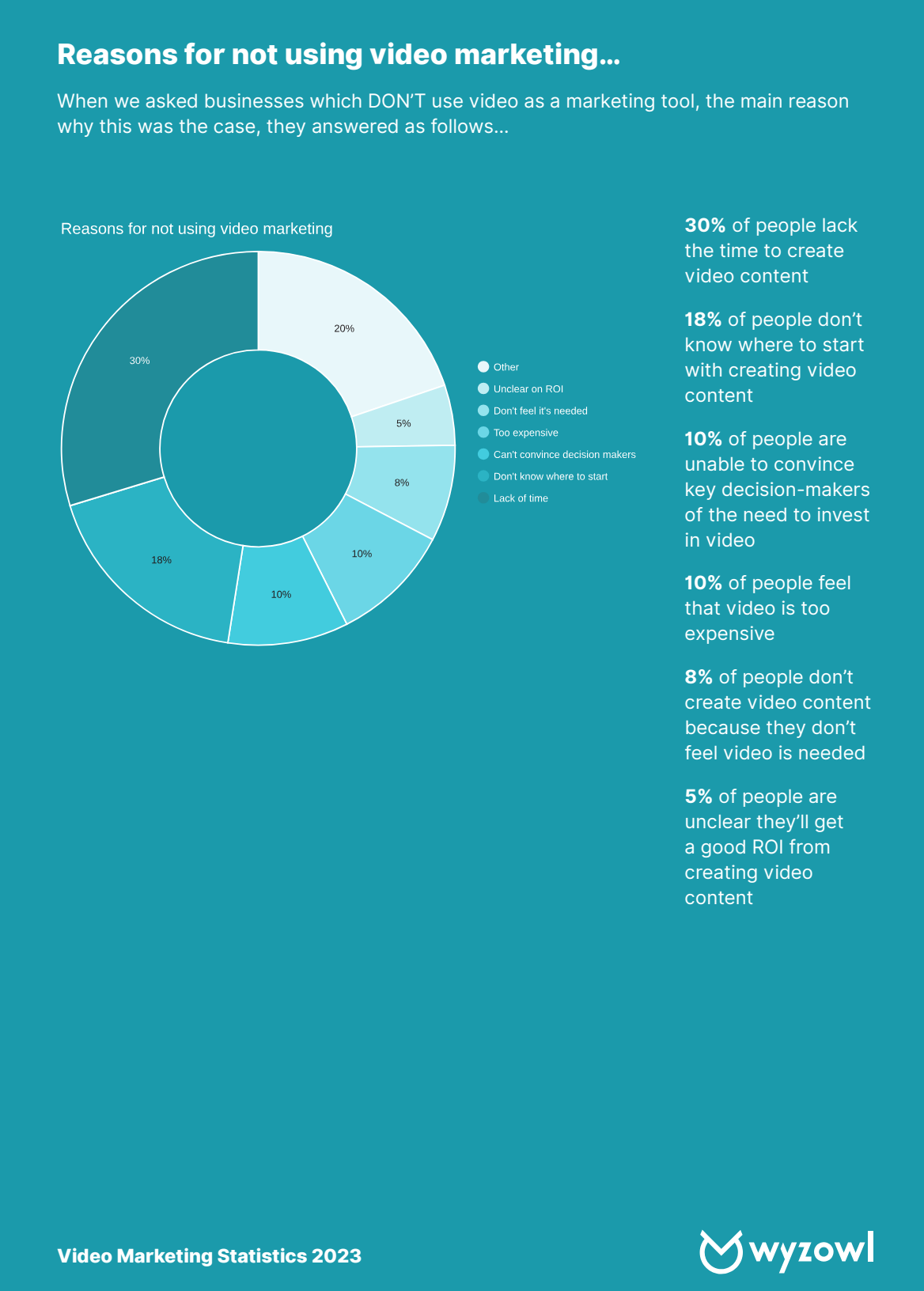
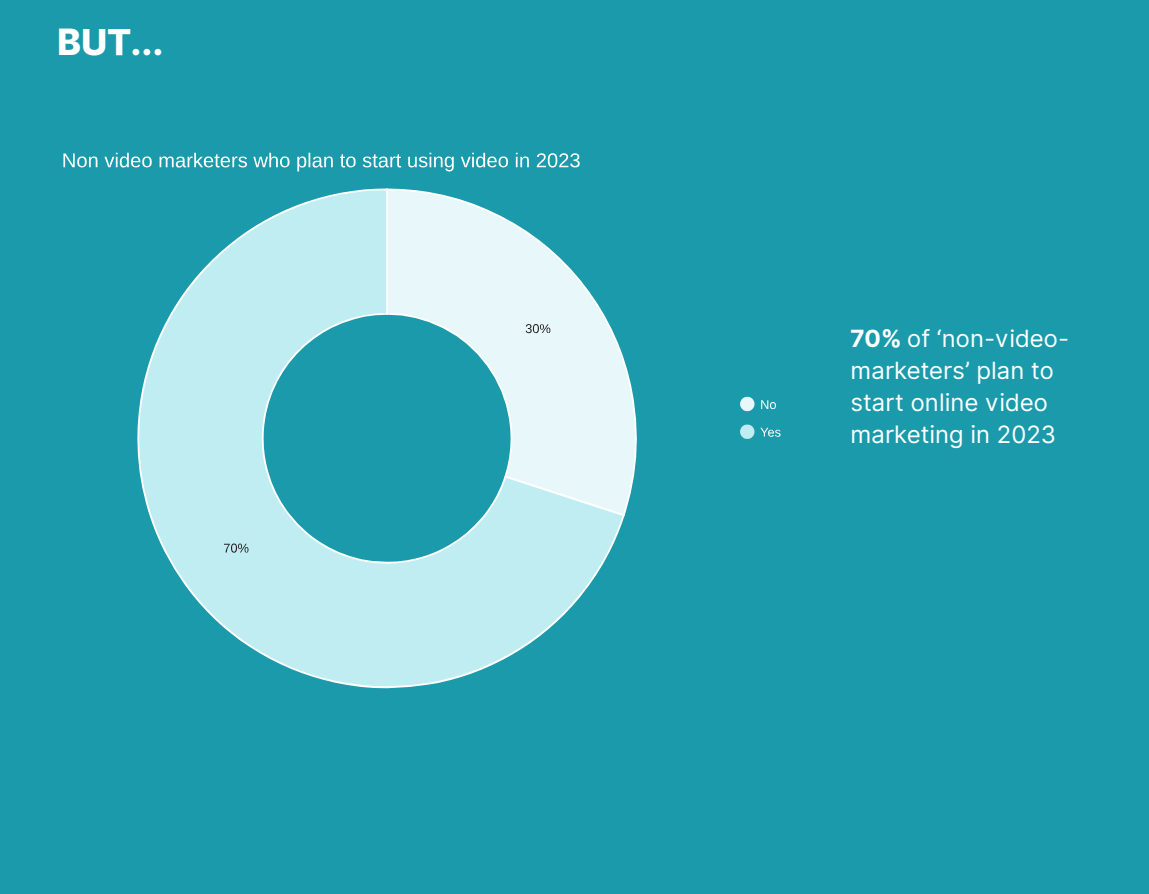
The first part of the report I want to dive into is this: 91% of businesses that participated in this survey use video marketing. That’s HUGE. But if you slide to the next screengrab from this report, they also dive into why businesses decide to NOT use video marketing. A majority say they don’t have the time to create content themselves. BUT AGAIN, if you slide to the third image, they also found that 70% of businesses who didn’t use video marketing in 2022, switched over to utilizing it in 2023. Let’s look at why:
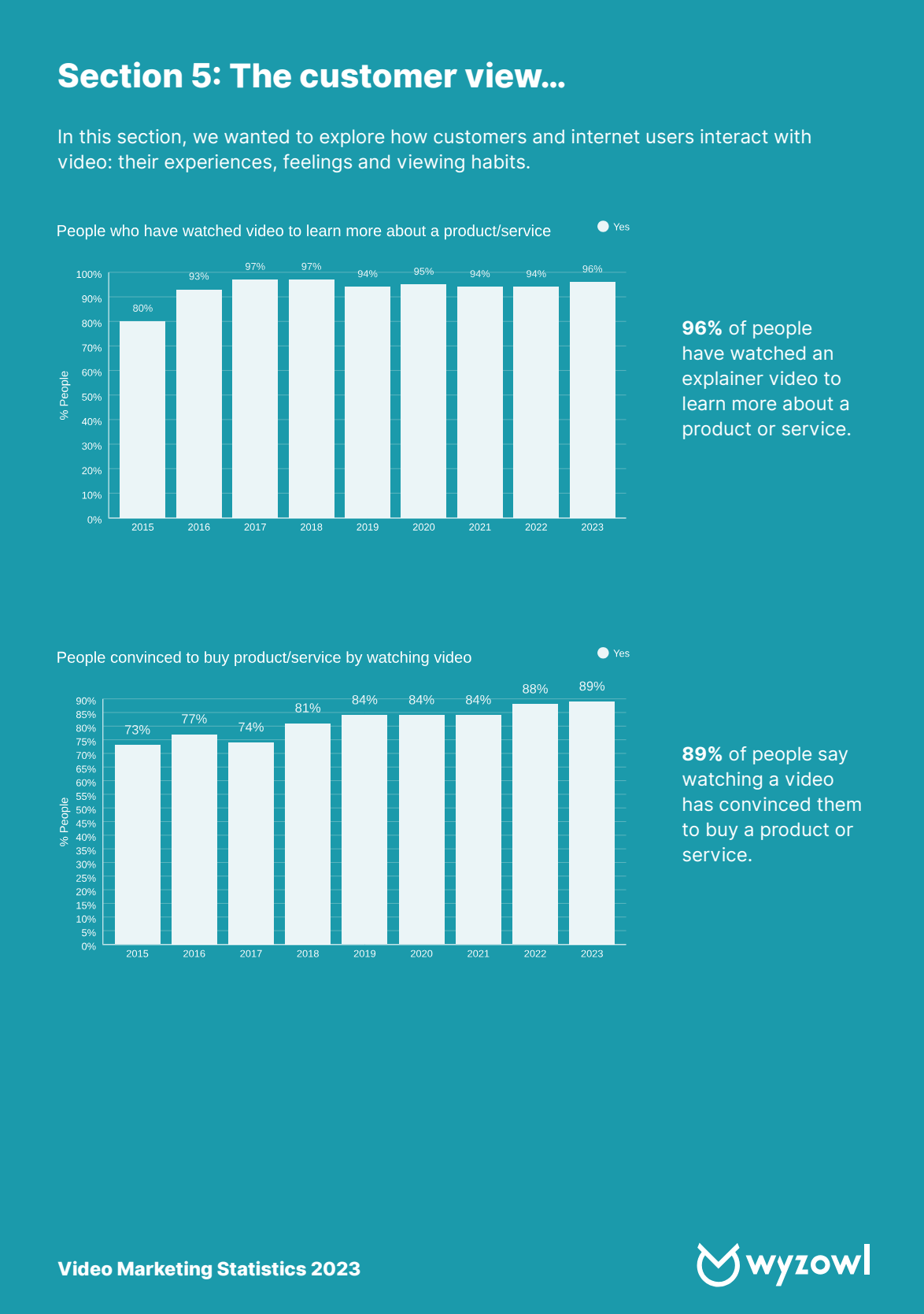
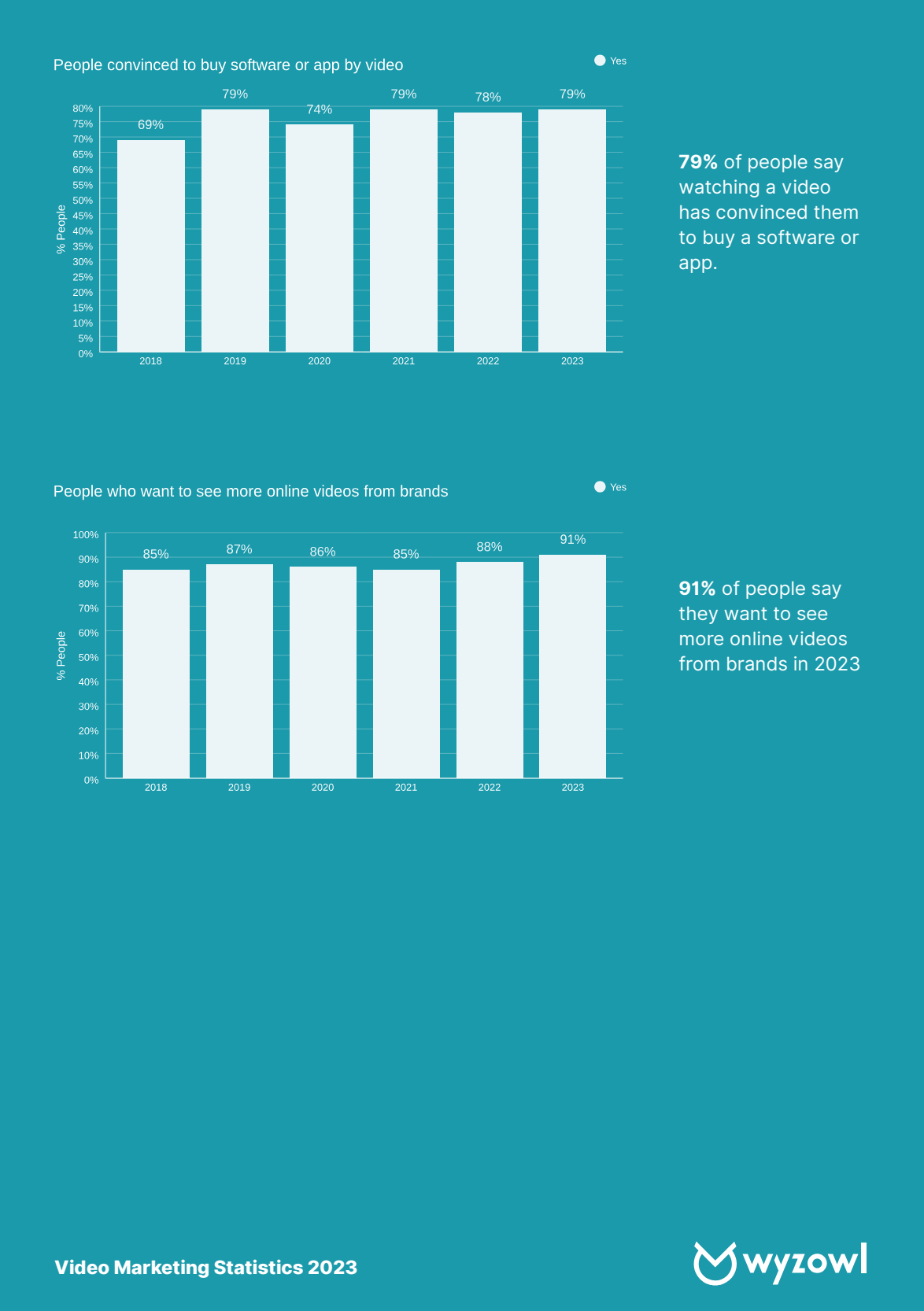
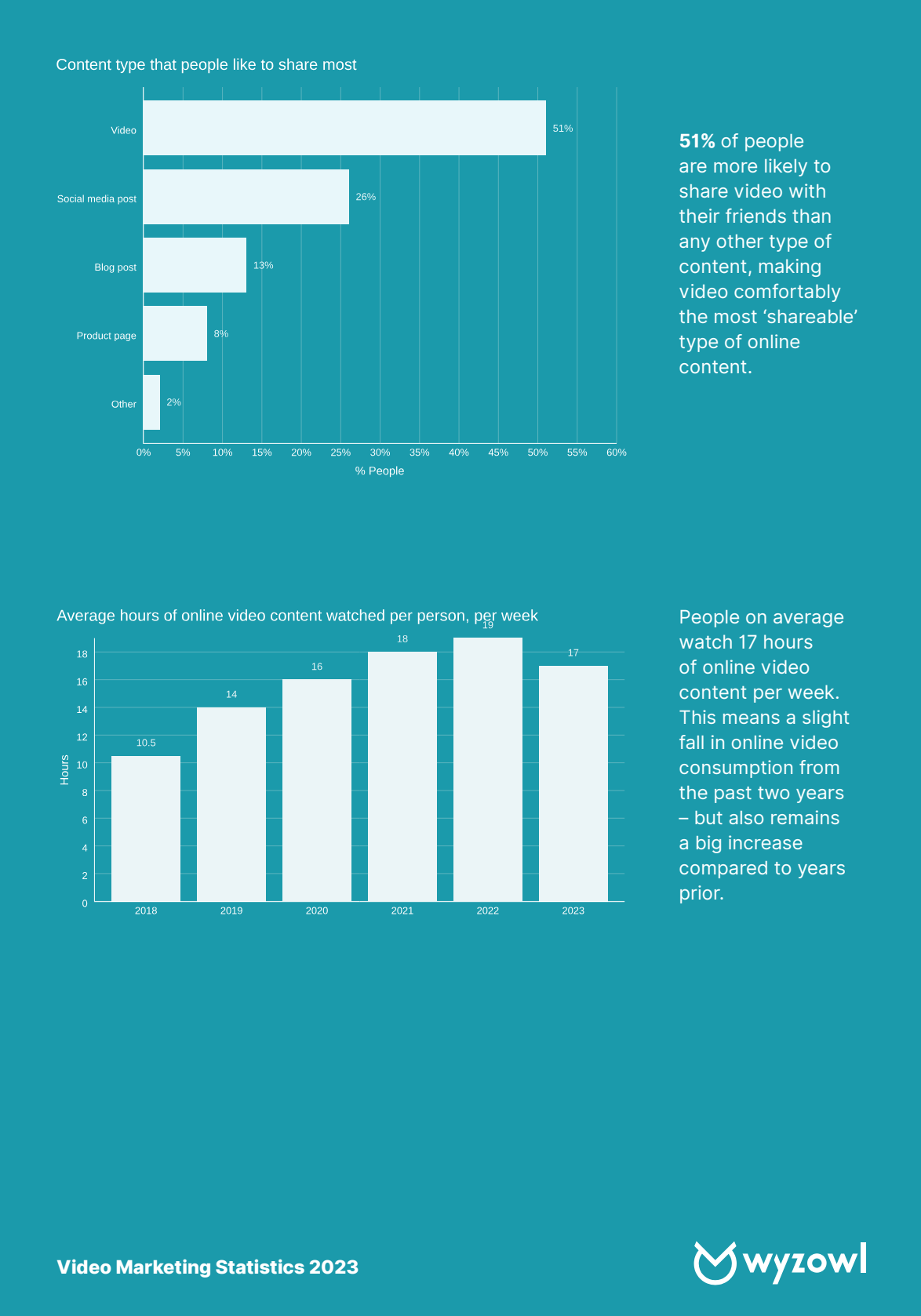
Most people say watching a video led to them wanting to learn more about a product or service, and in many cases, even led to them purchasing something. According to this same report, 91% of people wanted to see MORE video from brands online. Implementing videos to your video marketing strategy generally leads to more clients, longer time spent on your website, and an increase in brand awareness.
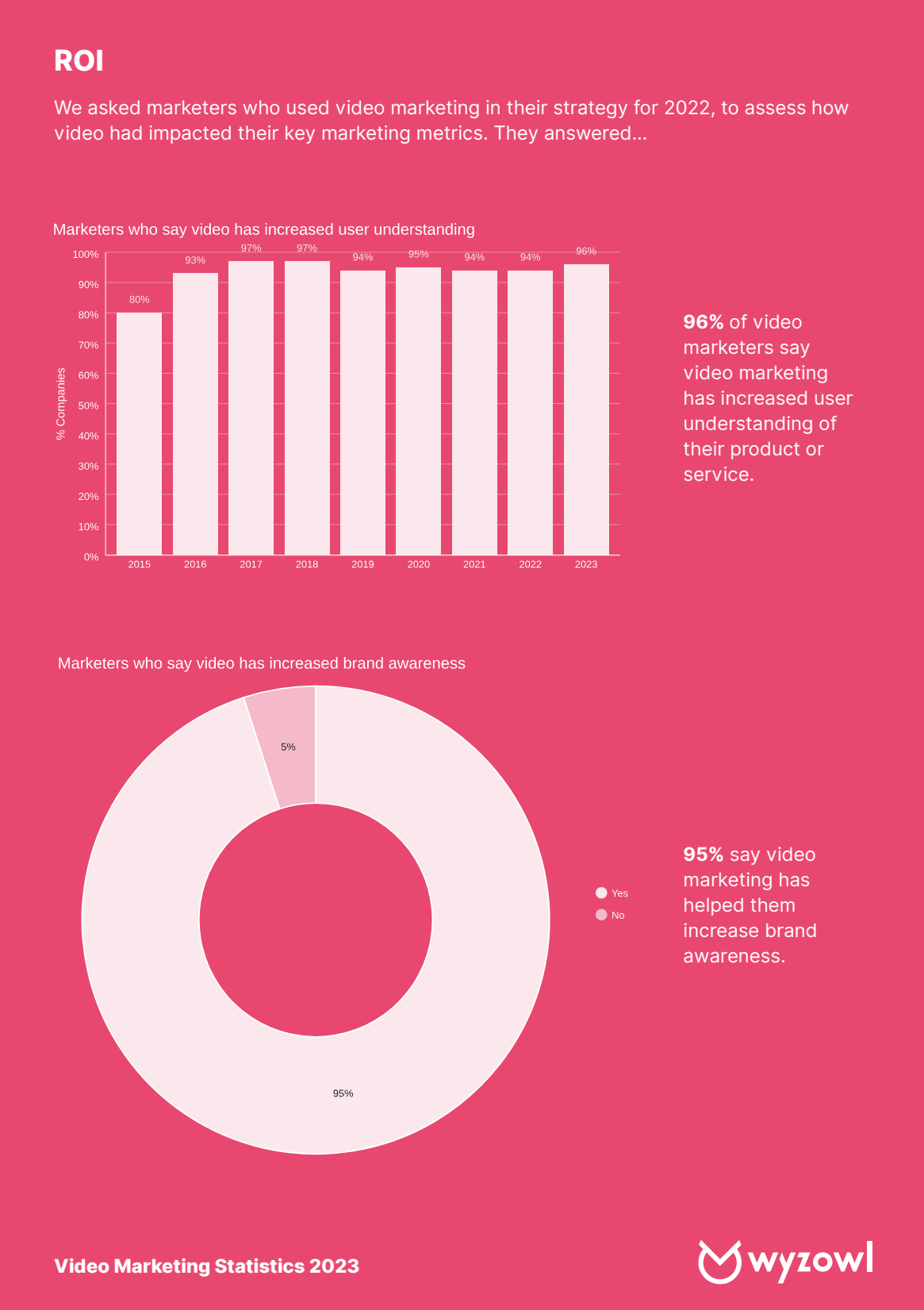
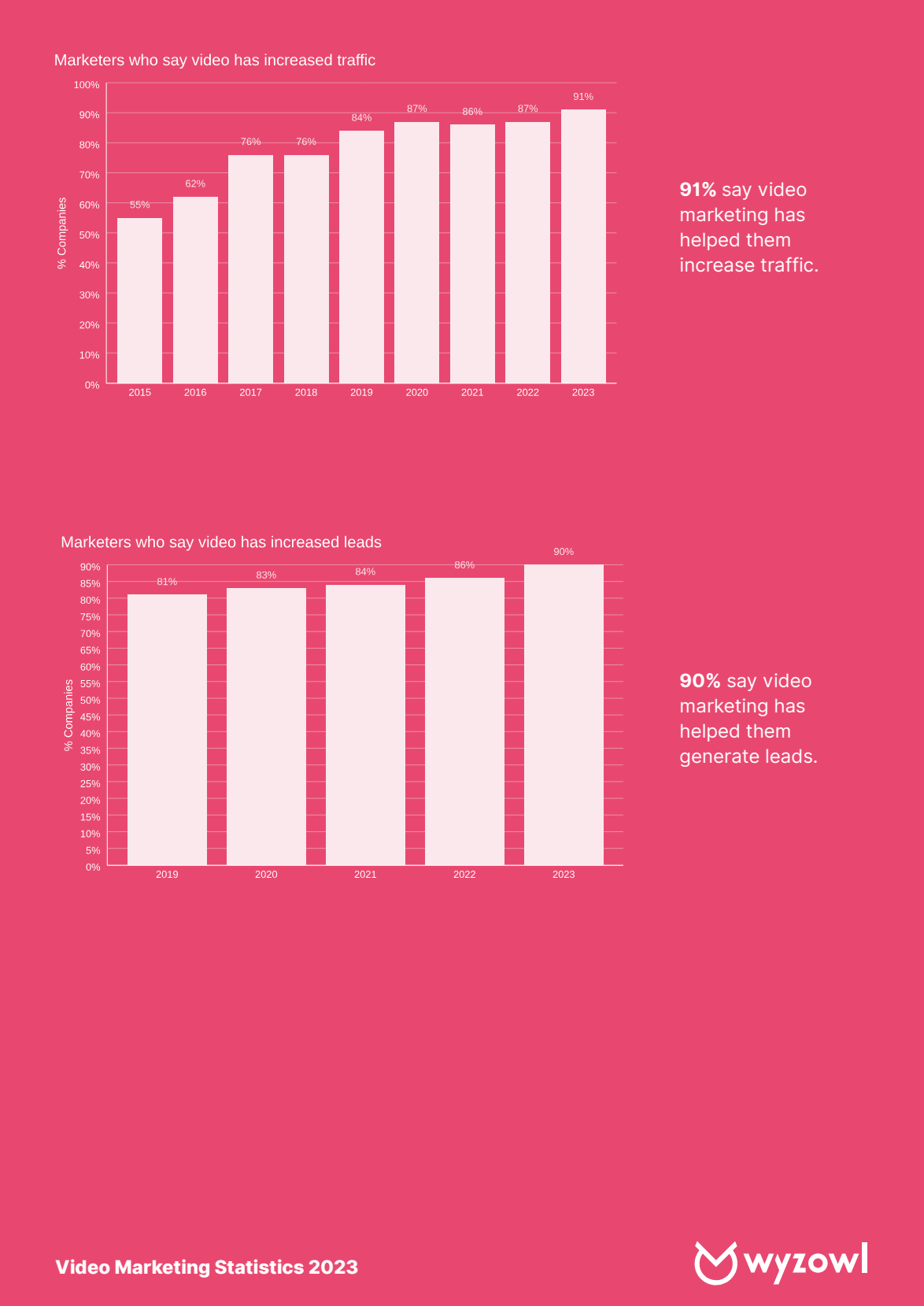
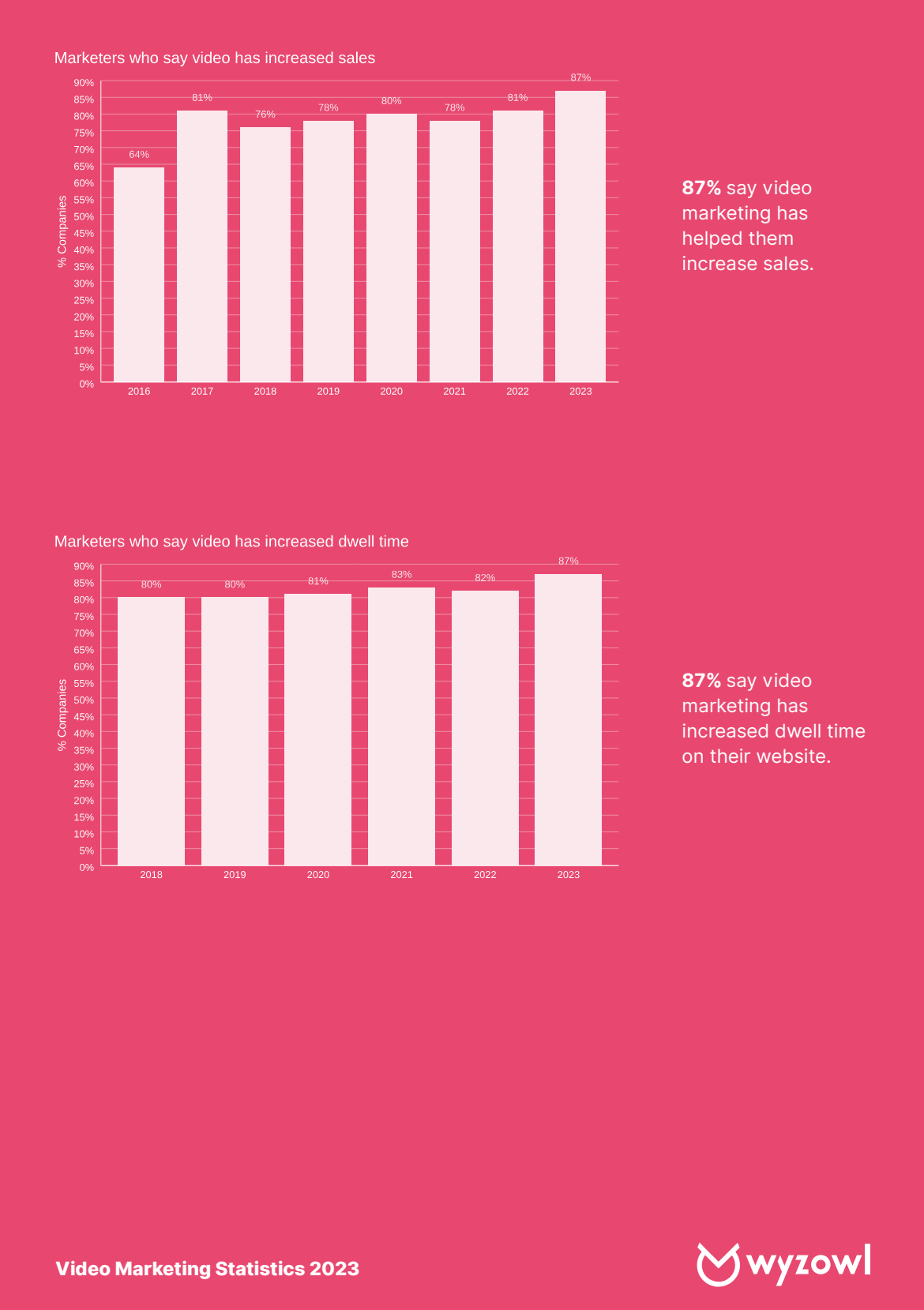
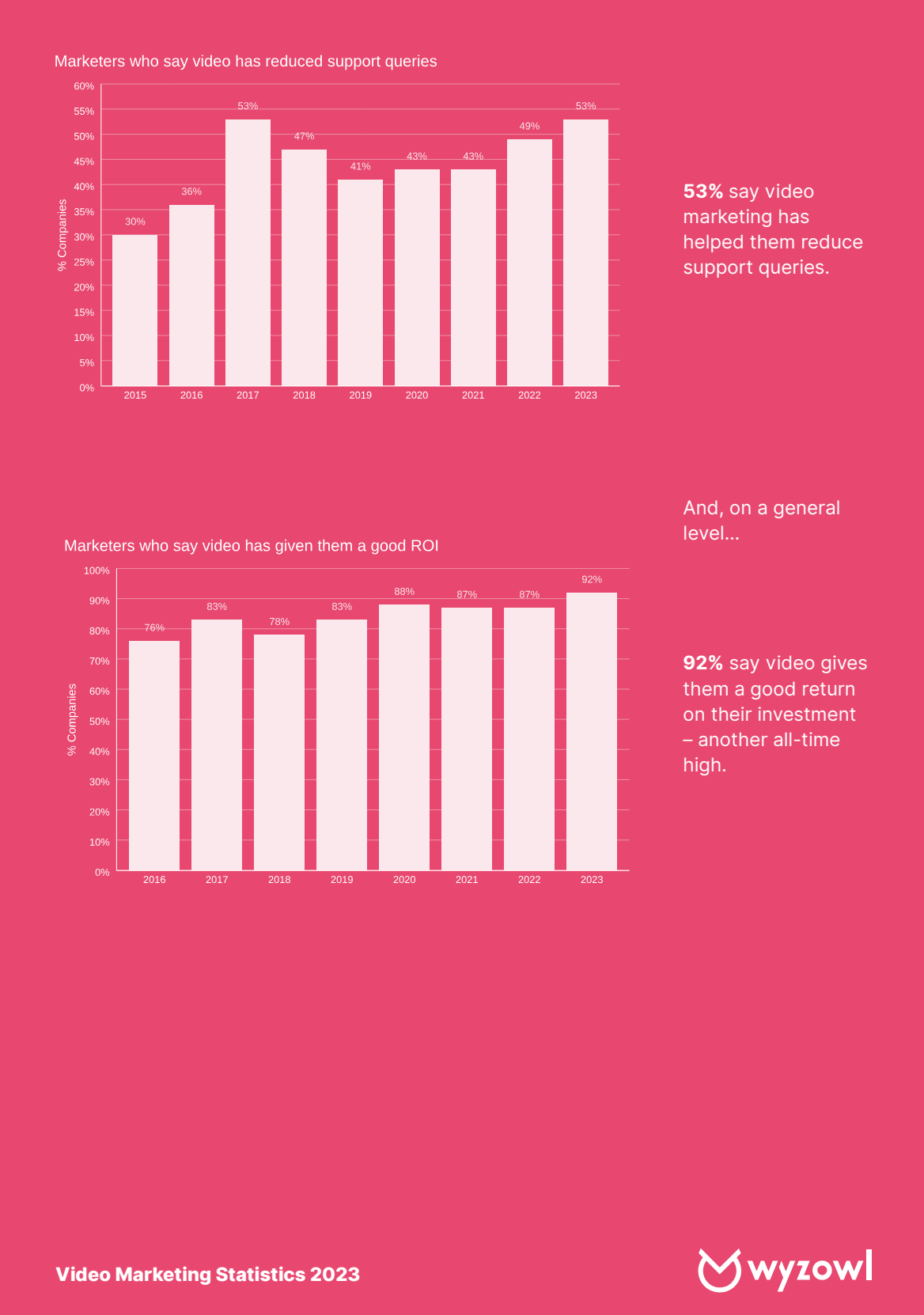
So for all the businesses that DID engage in video marketing, here are a few key results:
- 91% say it helped increase traffic to their website
- 90% say it helped generate leads
- 87% say it led to an increase in sales
- 87% say it led to increased amount of time spent on their website
- 95% say it helped increase brand awareness
You can review the rest of the stats to see more key points for yourself, but I think you get the idea. Video marketing can do wonders for your business. Many of the reasons businesses give for not implementing video are all solvable issues. You can hire a videographer to do it if you don’t know where to start or don’t have the capacity to do it in-house. Video is an investment in your business’s growth and just like any marketing technique, it takes a bit of money upfront to see better results. With more and more people utilizing video marketing, it’s time to get in the game. People spend an average of 17 hours per week viewing video content online (this stat was also taken from that Wyzowl study). Make sure your business’s video is one of the ones making its way to their eyes and ears.

